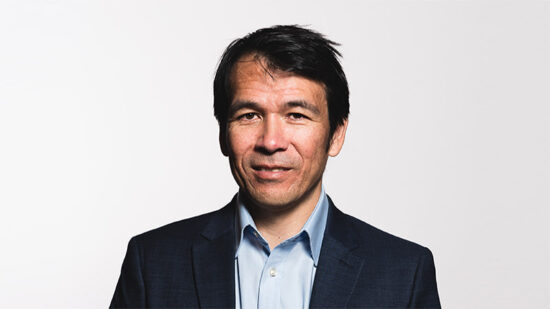In an environment in which the only asset classes to register positive gains in 2022 are cash and commodities, investors are being advised to consider strategies with proven uncorrelated characteristics.
With yields rising, spreads widening and equities selling off, data from LGIM shows that of the assets in a typical multi-asset universe, just cash and commodities have generated positive returns over the year to 15 June 2022.
While global equity markets have witnessed strong downside pressure, many historically defensive areas – such as developed market government bonds – have also suffered, calling into question the role of the asset class in providing much needed diversification.
“Stability and risk mitigation have not been the most in-demand investment qualities in recent years, as the sole focus of many investors has been to maximise returns, said Asbjørn Trolle Hansen, head of the multi assets team at Nordea Asset Management.
Where next?
However, given this environment has now changed, Trolle Hansen added that it is understandable many investors now do not know where to turn.
“Investors look to balanced strategies for consistent returns over a cycle, as well as the ability to protect precious downside,” he said.
“A focus on capital preservation over a three-year time horizon undoubtedly helps when encountering a period of fear and panic in markets, like we have seen on a number of occasions over the past two years.”
Trolle Hansen explained that in Nordea’s view, making major asset allocation decisions based on macro calls has repeatedly been proven to be a “flawed investment approach”.
“In our view, efficient diversification is not just allocating to different asset classes, but about identifying a select number of truly uncorrelated positions able to deliver through all market environments,” he said.
“This is why we look at a broad and diversified set of 20-30 risk premia spread across strategy types and asset classes,” he added.
“The concept of risk premia is well known, but experience and the right toolkit are vital when looking to capitalise on this segment of the market.”
Low-risk equities
Within multi-asset portfolios, Trolle Hansen added while equities offer the highest return potential, they also contain the greatest source of risk.
To counter this, he seeks exposure to stable/low risk equities, that have “repeatedly demonstrated” an ability to perform better through periods of heightened volatility.
“These stocks display a greater degree of solidity in stock price, earnings, dividends, Ebitda and cash flow than the broader market,” he said.
“Not only are the defensive qualities appealing, but these stocks have also proven to participate relatively well on the upside.”
“It all used to be so easy, everything used to go up,” said Barry Norris, manager of the VT Argonaut Absolute Return fund.
“Now nothing works in the global economy or financial markets and, if you are lucky, your wealth is only dying slowly.”
Worse still, said Norris, is that although interest rates are rising, they remain below the inflation rate to an “unprecedented degree”.
“No central bank in recent memory ever tamed inflation with negative interest rates,” he said.
“Until central banks turn dovish, there will be no respite for any financial assets.”
Scouting assets
So which assets is Norris looking to for uncorrelated returns?
“Bonds were supposed to be defensive but not with high inflation,” he said.
“Equities have earnings and interest rate risk, property is just a play on cheap money and cash is locking in a real return loss.”
“Our ability to short, awareness of style risk in portfolio construction and an overall valuation discipline has meant that the fund has powered on to new highs, whilst the market crashed, and most growth funds blew up,” he added.
“During a bull market for everything, it is easy to overlook the value of an uncorrelated return. Not so much in a bear market, particularly one that might last years.”
Emiel van den Heiligenberg, head of asset allocation at LGIM, said: “While we are unlikely to have seen the last of the market volatility, we believe the more our monetary guardians worry about inflation, the less investors need to. The alternative of allowing inflation to run free would be considerably worse, in our view.”
Against this backdrop, van den Heiligenberg said while it has been an uncomfortable position in recent months, LGIM is comfortable in staying positive on equities and in starting to decrease its underweight in corporate bonds.
“However, the scope for significant gains looks limited until there’s more proof of inflation cooling and recession risks subsiding,” he said.
“So, we see our positioning in equities as more tactical – willing to buy into further market weakness, as we have recently done on the margin – but also likely to dial down our stance should the prospects of a recession grow,” he added.
“We expect such signs to emerge around the turn of the year.”








